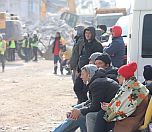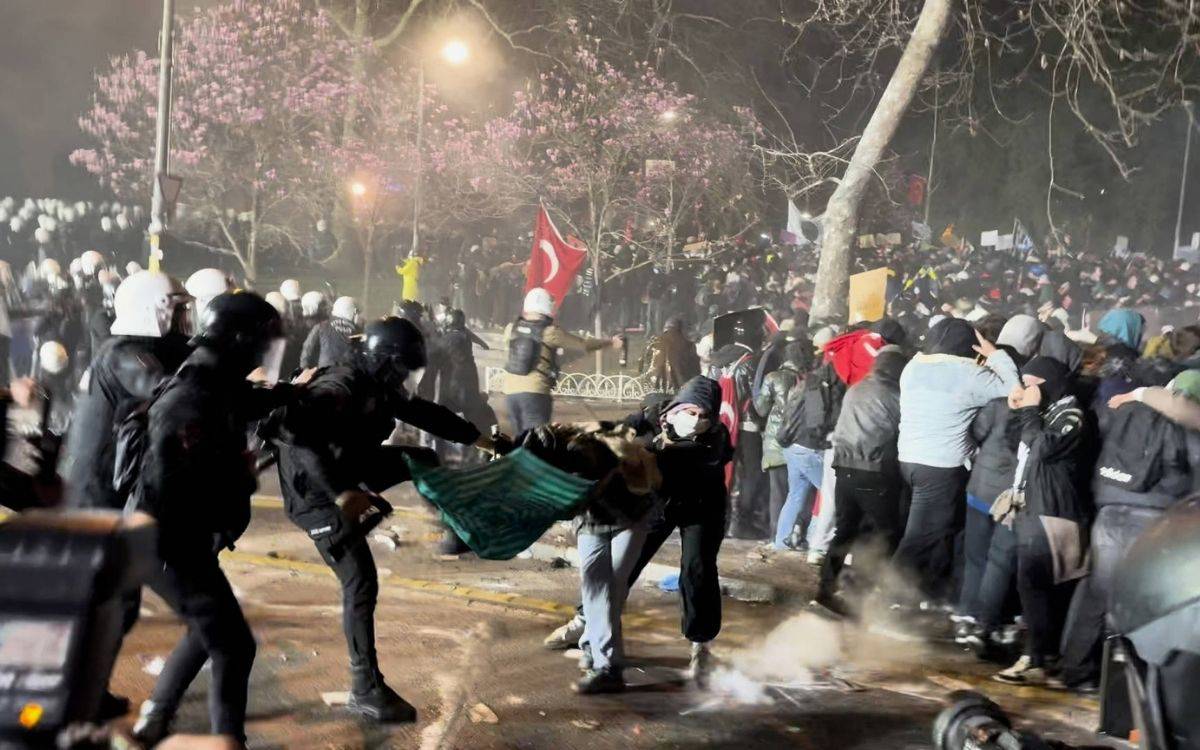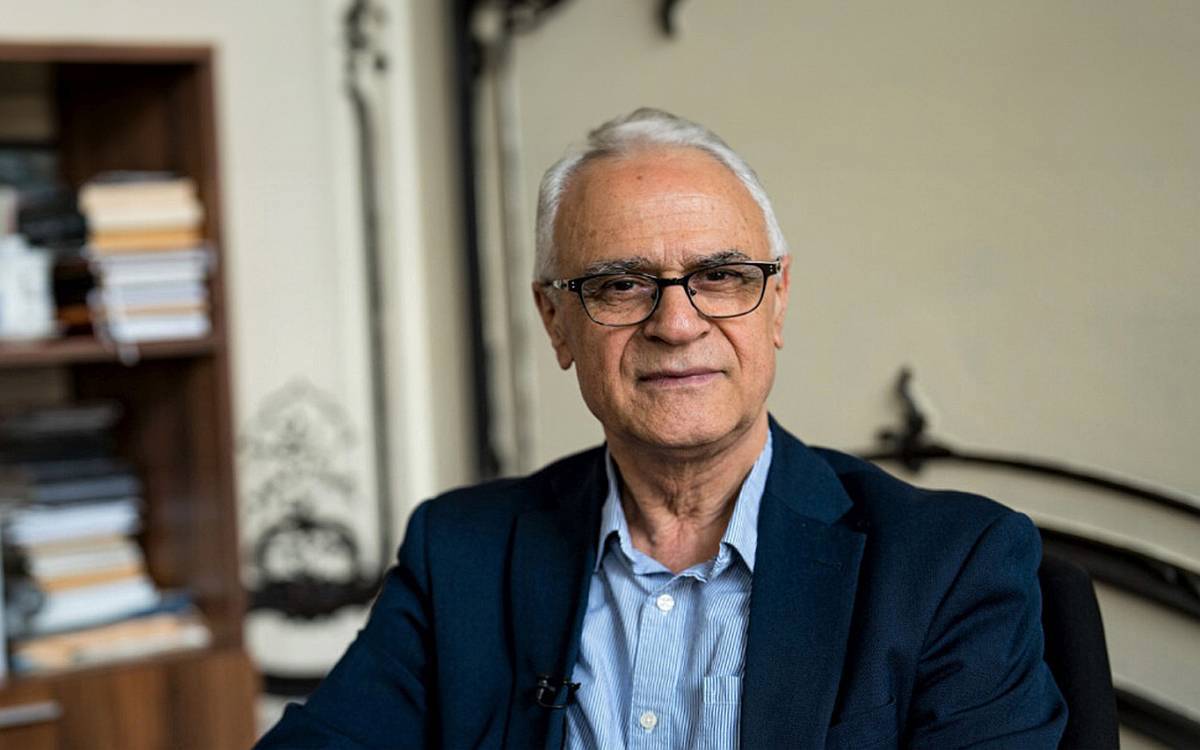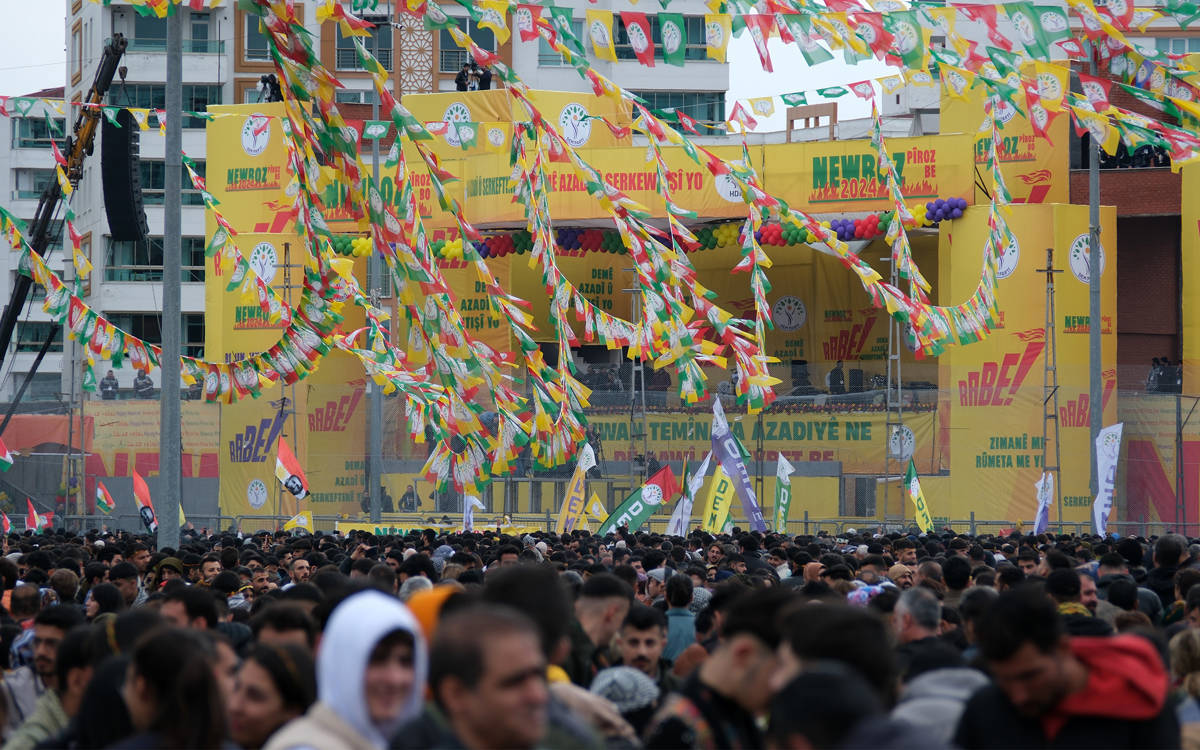Click to read the article in Turkish
The new academic year started yesterday (September 11) for 20 million and 481 thousand students and 1 million 178 thousand teachers across Turkey. However, there are concerns about how education has begun in regions that experienced significant destruction during the February 6 earthquakes.
What is the situation with schools in Hatay, where the largest devastation occurred during the February 6 earthquakes? How did the education process begin, and what are the challenges faced by teachers?
Mustafa Günal, the President of the Hatay Branch of the Education and Science Workers' Union (Eğitim İş), shared details about how the city has started the new academic year and the problems it faces.
Günal began by discussing the participation of the Minister of National Education, Yusuf Tekin, in the opening ceremony of a school in their city.
He noted that Minister Tekin attended the opening at a school that could be considered relatively stable compared to many others, highlighting the difference between what was portrayed and the reality.
 |
"There is roof repair while the students are in school"
Günal stated, "Schools have opened, but they have opened with problems. Renovation and repair work began about 10-15 days before the schools opened, and many schools are still undergoing repairs. An impression is being created that everything is fine, but in reality, nothing has improved.
"Some schools had their interior walls and plastering repaired, but there are still schools with ongoing roof repairs. They are laying tiles on the roofs while students are in the courtyard. Some schools have walls in their courtyards that are either collapsed or on the verge of collapsing. Some schools are still facing water problems due to unrepaired storage areas. In other words, even though 7 months have passed since the earthquake, many schools are not ready for education."
|
"Destroyed schools matched with stable ones"
Günal also discussed the practice of matching destroyed schools with stable ones. He provided an example from Antakya, where destruction was significant.
Günal said, "Destroyed schools were matched with stable schools. As a result of this matching, the number of students in schools increased, leading to the implementation of double-shift education.
Especially in Antakya, where almost all schools were either destroyed or damaged, this situation is prevalent. Classes start at 7:00 am and finish at 6:00 pm. Additionally, class hours have been reduced from 40 to 30 minutes, but this schedule remains challenging."
"No school services, no public transportation..."
He also pointed out that there are no plans for how children will travel to and from school. Although transportation is mentioned, there is no clear answer to how so many students will be transported. Furthermore, there is very limited and inefficient public transportation in the city.
Günal highlighted that there are 57 container cities in Antakya alone. Some of these container cities have been equipped with container classrooms. However, the question remains of how education will be provided in such conditions during the winter.
"Schools in good condition used by official institutions"
Regarding the use of schools by official institutions, Günal explained that some schools have been used by the governorship, district governorships, and the police department. He noted that this situation creates significant problems.
"There are still schools that official organizations haven't vacated. For instance, the governorship recently vacated a school, but the school is not ready for education. Additionally, in Defne, schools used by the Police Department and the District Governorship, which are among the most prestigious Anatolian High Schools with the highest number of students, have not been vacated," Günal said.
Accommodation problems for teachers
Günal mentioned that teachers also face challenges, especially in terms of housing. He pointed out that newly appointed teachers have difficulty finding accommodation, as rental prices have skyrocketed. Before the earthquake, the rent for what was considered luxury homes was 5,000 lira, but now, a regular home costs 10,000 to 15,000 lira, posing a major housing issue for teachers.
(RT/PE)





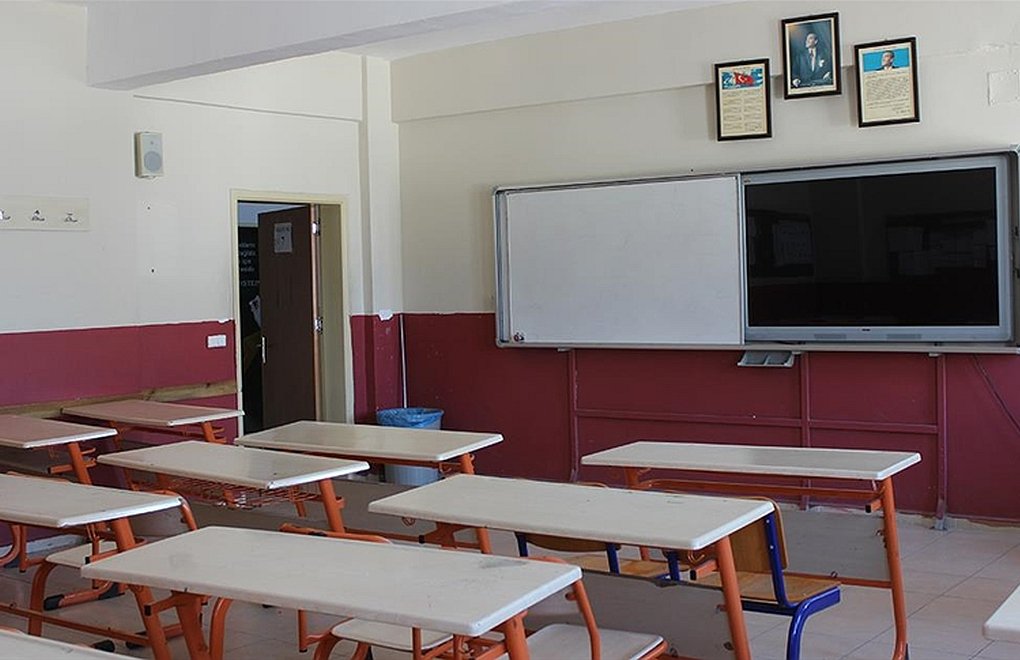
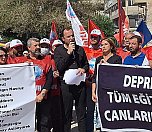

.jpg)
sa.jpg)
